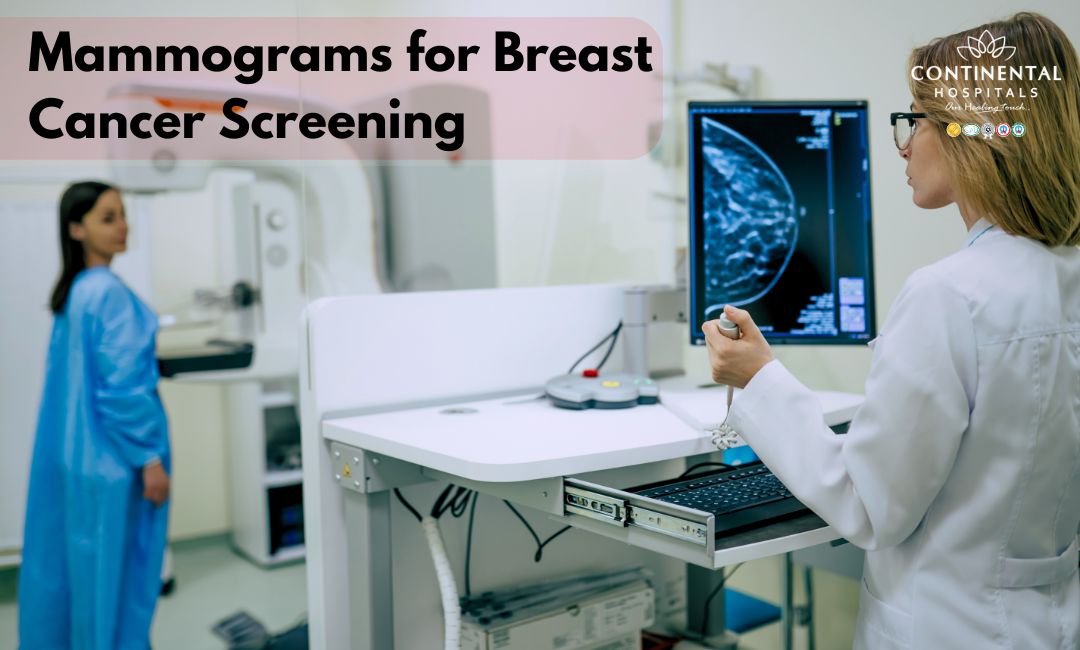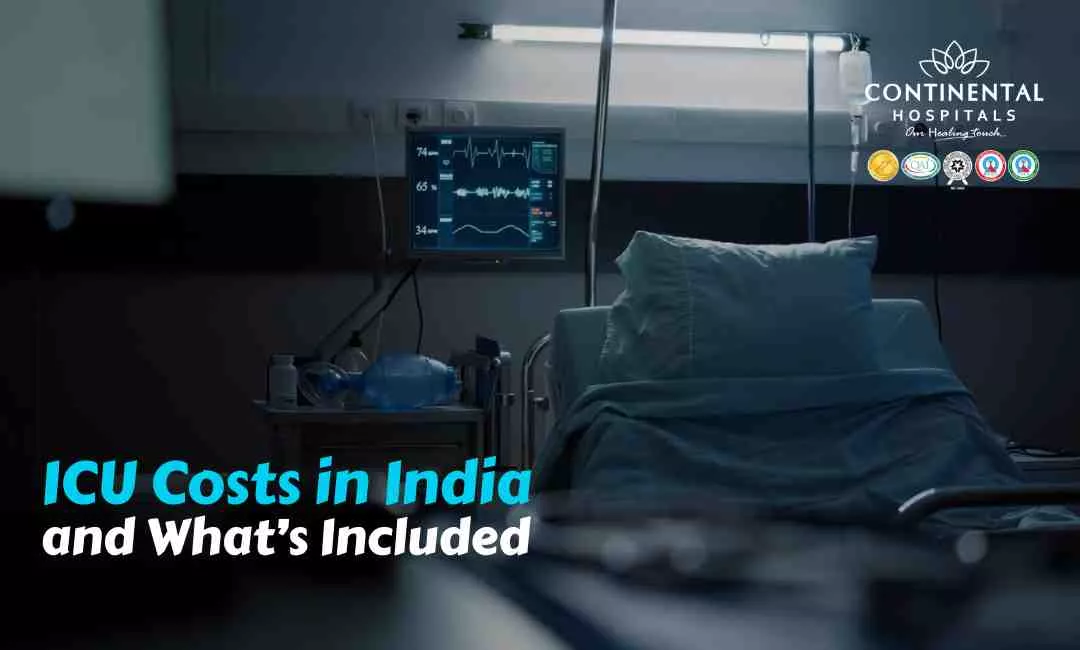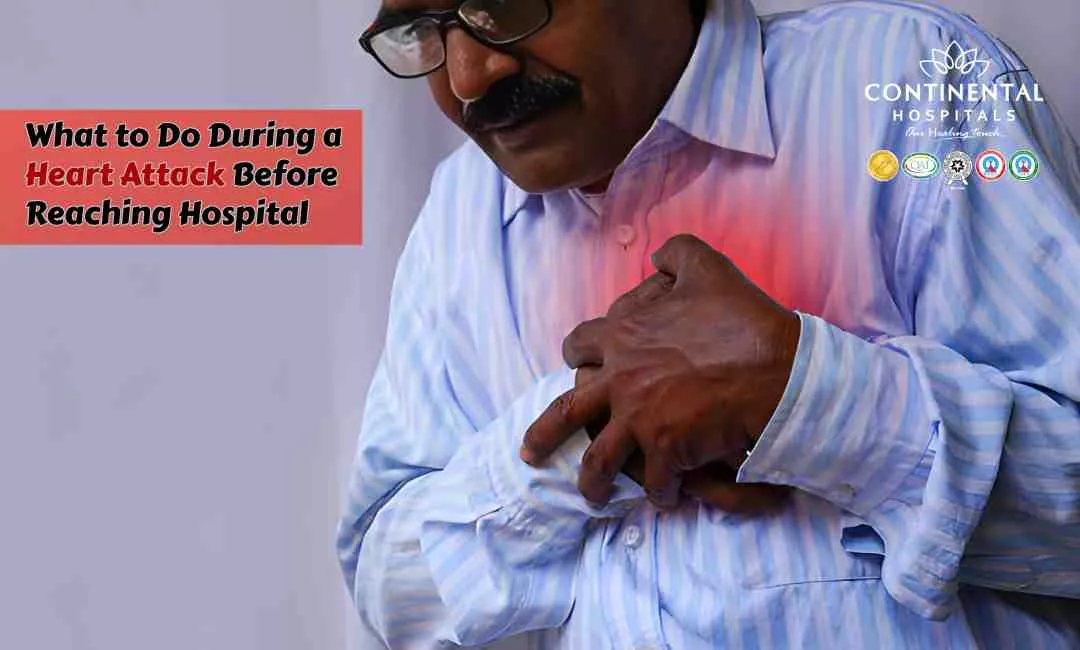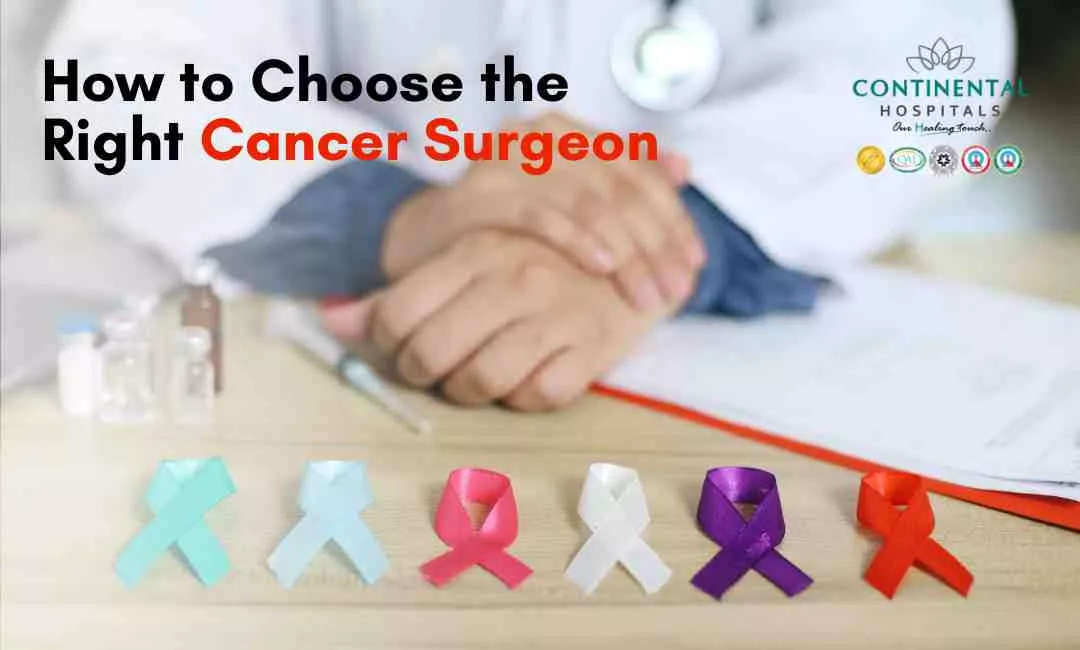Breast cancer, one of the most common cancers in women worldwide, often aids doctors in providing the best treatments when detected early. A mammogram, which is an X-ray of the breast, remains among the most efficient tools when it comes to detecting abnormalities even before the presence of physical symptoms. In this blog, we will delve into the significance of mammograms in today's world, examining both global and, more importantly, Indian-specific statistics and highlighting the importance of screening.
What is a mammogram?
A mammogram is an X-ray of the breast tissue to screen for cancer or abnormalities. Mammograms can measure tiny tumors or microcalcifications that could be markers for cancer. It is a painless, non-invasive procedure requiring only 20 minutes.
Mammograms cannot prevent breast cancer, but they can detect it early, often when it's most treatable. Early detection of cancer improves the prognosis. That's why doctors often recommend regular mammograms, especially for women over 40 or with a family history of breast cancer.
Types of Mammograms
There are two main kinds of mammograms used in the screening for breast cancer:
🥗 Healthy Plate Challenge
🍽 Add Your Favorite Dish
Pick Your 6 favorite foods, eat, and see the results.Drag & drop foods onto your plate.
Drop Food Here
Screening mammograms are annual, regular assessments for women who do not exhibit any symptoms. The purpose is to detect breast cancer early in its course, when treatment is most likely to be successful.
Diagnostic Mammograms: Any abnormality on a screening mammogram or any breast-related symptom, such as a lump, pain, or nipple discharge, prompts a diagnostic mammogram to further investigate the issue.
Advantages of Mammography Screening
An early diagnosis really can be life-saving. In some instances, mammograms are able to detect tumors when they are still small enough that a woman would not feel them. This allows her to take action sooner, leading to a more favorable treatment outcome. In fact, the American Cancer Society reports that mammograms have saved at least 20 percent to 40 percent of people from dying of breast cancer.
Less aggressive treatment: Early detection of a dangerous breast cancer may lead to less invasive treatment. For example, the patient can receive a lumpectomy instead of a mastectomy or chemotherapy. This will improve the quality of the patient's life.
Higher Survival Rates: The survival rates for patients diagnosed with early-stage breast cancers are high. For example, women diagnosed with localized breast cancer, meaning that the cancer hasn't spread outside the breast, have a five-year survival rate of 99%.
Breast cancer and mammograms use statistics around the world.
Breast cancer has the highest prevalence of diagnosis in women across the world. According to the WHO, 2020 marked a period where around 2.3 million women received a breast cancer diagnosis. The WHO also documented over 685,000 deaths resulting from breast cancer that year.
Mammograms have been an important component of decreasing mortality from breast cancer. In countries where mammogram screening programs are widespread, like the United States, Canada, and parts of Europe, mortality from breast cancer has dropped appreciably. The United States saw a 40 percent decrease in the breast cancer death rate between 1989 and 2016, primarily due to a decline in cases diagnosed at a localized stage, where the death rate has now dropped to less than 10 percent.
Breast Cancer and Mammograms in India: Current Scenario
Breast cancer cases in India have shown a rising trend over the years. Today, breast cancer has surpassed cervical cancer as the most common cancer in Indian women. The ICMR estimates that there are about 178,000 new cases of breast cancer yearly in India, with approximately 90,000 women dying from the disease each year. Late diagnosis significantly reduces the chances of survival. In fact, the five-year survival rate for breast cancer in India is around 60%, while that in developed countries stands over 80%.
There are various reasons why mammograms are significant in India:
Breast cancer incidence will increase, leading to more women receiving diagnosis and treatment. Early detection by regular mammography increases the chances for successful treatment.
Age of diagnosis is younger in India: In the western world, the age at diagnosis is much older for breast cancer. Indian women increasingly diagnose themselves in the younger age group, typically by the age of 40. Screening must begin at an early age, around 40, and then continue.
Laying Bare: Many Indian women are unaware of the need for a mammogram, which can lead to late detection. Regular mammograms can eliminate this by educating women about its usefulness.
How frequently should women undergo a mammogram in India?
India has recommended guidelines for mammograms that are somewhat close to international standards. However, given the younger age of diagnosis, some experts recommend initiating mammography at the age of 40. Women with a family history of breast cancer or other risk factors may need to start screening a little earlier depending upon the risk factor level and as advised by their doctor.
Preparation for Mammography
The mammogram is a straightforward, outpatient procedure.
Preparation: We advise against applying deodorants or lotions because they can interfere with X-ray images.
The procedure involves giving you an X-ray machine. The X-ray machine compresses your breast between two plates, allowing the tissue to spread out and providing a clearer image.
Results: Radiologists will review the images to identify any potential abnormalities. If we find anything unusual, we may need to conduct another test, such as a biopsy.
Certain women may find compression uncomfortable, but the procedure is brief and the benefits outweigh it.
Overcoming the Fear of Mammograms
Most women fear having a mammogram because they fear the amount of pain or the potential outcome. Remember, mammograms serve as a preventive measure rather than a diagnosis. A mammogram often detects cancer earlier, leading to simpler, less aggressive treatments.
For this reason, they are advised as follows to minimize anxiety:
- Talk to their doctor about any fears.
- Bring along a friend or family member for support.
- Focus on the life-saving potential of the screening
Conclusion
Mammograms are one of the most effective methods for early breast cancer detection. Early diagnosis significantly lowers mortality rates and makes treatment more manageable. While many countries benefit from regular mammography screening programs, India's rising breast cancer rates and poor outcomes highlight the urgent need for greater awareness and improved access to mammograms.
If you are considering getting a mammogram, it's important to consult with a breast cancer specialist.
Related Blog Articles:
.webp)














